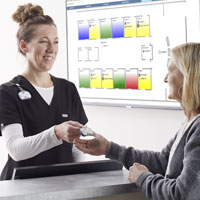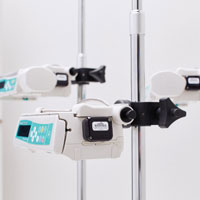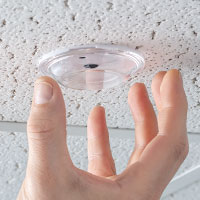-
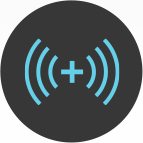
 Nurse Call AutomationAutomatic call cancellation to lighten the nurse workload and give more time back to the patient care experience.
Nurse Call AutomationAutomatic call cancellation to lighten the nurse workload and give more time back to the patient care experience. -

 Staff SafetyDiscreet, accurate and real-time alerts through a wearable duress button that helps provide an efficient response and protect staff against workplace violence.
Staff SafetyDiscreet, accurate and real-time alerts through a wearable duress button that helps provide an efficient response and protect staff against workplace violence. -
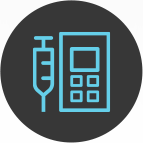
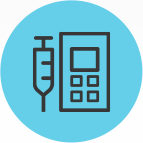 Asset TrackingIn-the-moment equipment locating to support safe and timely patient care and controlled costs.
Asset TrackingIn-the-moment equipment locating to support safe and timely patient care and controlled costs. -

 Patient FlowEnhanced communication designed to optimize operations, enrich patient experiences and improve staff satisfaction.
Patient FlowEnhanced communication designed to optimize operations, enrich patient experiences and improve staff satisfaction.
-
 AnalyticsDerived from actionable insights at your fingertips, accurate location information drives informed decision making.
AnalyticsDerived from actionable insights at your fingertips, accurate location information drives informed decision making. -
 Contact TracingQuick, accurate information at your fingertips for your contact tracing efforts.
Contact TracingQuick, accurate information at your fingertips for your contact tracing efforts. -
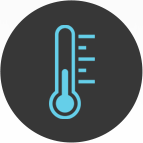
 Temperature MonitoringA partnership of best-in-class solutions, available through an interface with Primex environmental monitoring.
Temperature MonitoringA partnership of best-in-class solutions, available through an interface with Primex environmental monitoring. -

 InterfacesA seamless architecture that exchanges data automatically between your RTLS and other enterprise applications in real time.
InterfacesA seamless architecture that exchanges data automatically between your RTLS and other enterprise applications in real time.

At Midmark RTLS, we believe the key to real-time locating system (RTLS) success is just as much about the right partner and process as it is the technology.
Midmark RTLS Joins Epic Toolbox
Midmark RTLS is the first RTLS vendor to join the Epic Toolbox! With this integration that meets Epic recommended practices, Midmark RTLS is affirming its commitment to streamlining clinical workflows and enhancing patient care through innovative technology.
-
 RTLS System Integrator ResourcesDiscover our library of sales and marketing resources.
RTLS System Integrator ResourcesDiscover our library of sales and marketing resources. -
 Case StudiesSee how we’ve helped our customers design better, more efficient care.
Case StudiesSee how we’ve helped our customers design better, more efficient care. -
 White PapersEmbrace innovation in your health system with thought leadership.
White PapersEmbrace innovation in your health system with thought leadership. -
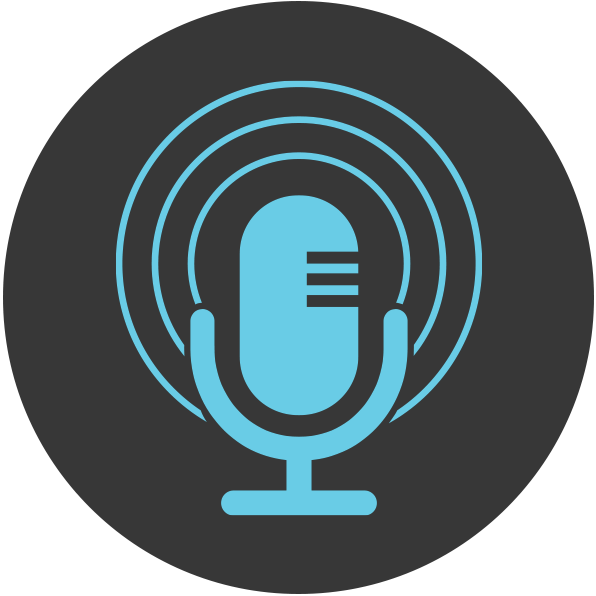 Webinars + PodcastsListen to the latest from Midmark RTLS here.
Webinars + PodcastsListen to the latest from Midmark RTLS here.
-

 BlogThink differently and solve problems with new ideas to enhance patient care.
BlogThink differently and solve problems with new ideas to enhance patient care. -
 Published PerpectivesChange is a constant in healthcare—and we’re leading the way. Read our recent bylines and articles.
Published PerpectivesChange is a constant in healthcare—and we’re leading the way. Read our recent bylines and articles. -
 InfographicsLet us show you the whole picture with real-world applications.
InfographicsLet us show you the whole picture with real-world applications. -
 RTLS Press ReleasesFind out what’s happening at Midmark RTLS. View the latest news about Midmark RTLS and the healthcare industry.
RTLS Press ReleasesFind out what’s happening at Midmark RTLS. View the latest news about Midmark RTLS and the healthcare industry.
Self-help Support for Customers + System Integrators

Access our online documentation for support articles, manuals, release notes and more.







